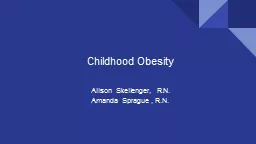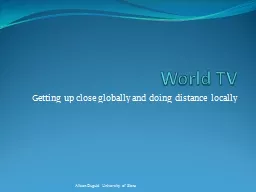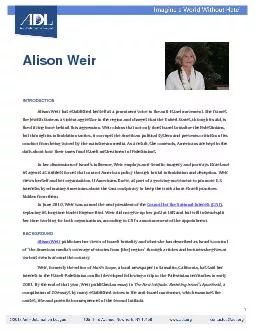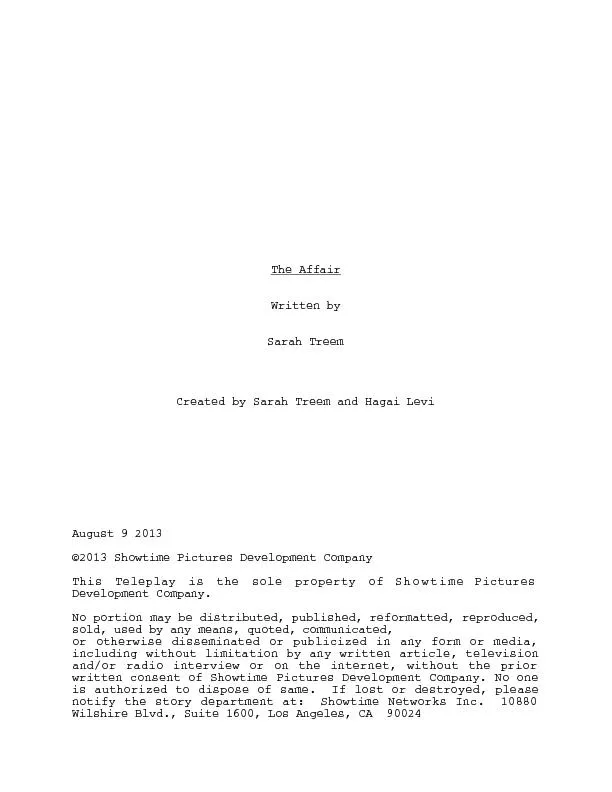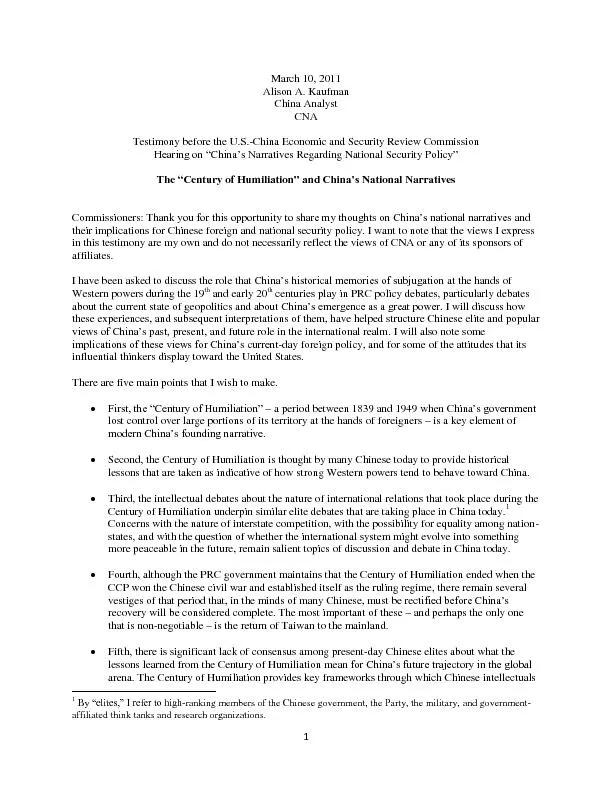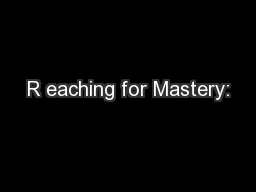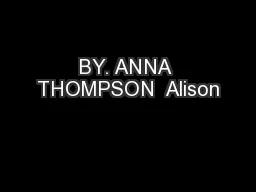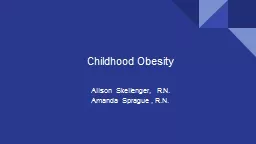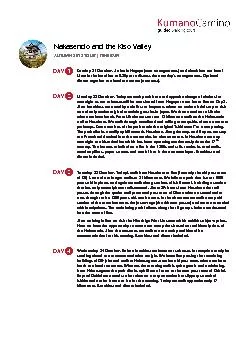PPT-Alison Skellenger, R.N.
Author : kittie-lecroy | Published Date : 2019-11-24
Alison Skellenger RN Amanda Sprague RN Childhood Obesity issue and its relevance to nursing was made clear The learner objectives for the seminar are clear measurable
Presentation Embed Code
Download Presentation
Download Presentation The PPT/PDF document "Alison Skellenger, R.N." is the property of its rightful owner. Permission is granted to download and print the materials on this website for personal, non-commercial use only, and to display it on your personal computer provided you do not modify the materials and that you retain all copyright notices contained in the materials. By downloading content from our website, you accept the terms of this agreement.
Alison Skellenger, R.N.: Transcript
Download Rules Of Document
"Alison Skellenger, R.N."The content belongs to its owner. You may download and print it for personal use, without modification, and keep all copyright notices. By downloading, you agree to these terms.
Related Documents

